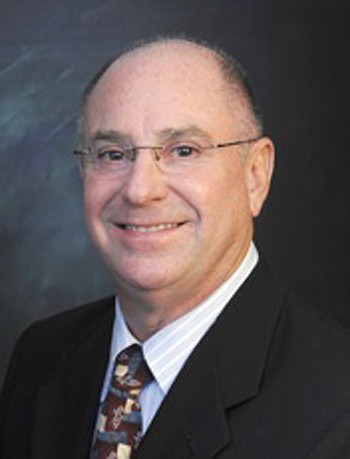
When it comes to a staff, the sum is greater than its parts – or at least, it can be.
Effective leadership makes sure that it is.
Organizational consultant Hal Resnick contends there is proof that high-performing teams can create results that are much better than those if people work separately.
He calls it the team dynamic and team synergy, and says if it did not exist, professional sports teams would never actually have to play a game.
"The side with the stronger talent would win every time. Yet, time and again the team with lesser talent and resources may beat its opponents because of the synergy created in how the team works together," Resnick writes in his latest newsletter.
Resnick is a Ponte Vedra-based organizational and training consultant with more than 35 years of experience with local, nationwide and international companies.
He is president of Work Systems Associates Inc. and wrote about team performance for his October newsletter posted at worksystems.com.
Yet, the team dynamic can work in the other direction as well.
"Negative team dynamics can create a vicious reinforcing cycle where serving on the team becomes a nightmarish experience and produces very poor outcomes," he says.
Resnick provides six factors to figure it out.
Team structure and membership
The most effective teams have five to seven core members, with a defined team leader, Resnick writes.
The leader is chosen based on his or her expertise and leadership and members are chosen because they have the necessary skills and a diversity of competencies and perspectives.
But as the team grows larger, members might be added who represent different parts of the organization.
"The danger is the group will begin to act more as a committee than a team, with team members serving their representative constituencies rather than team goals," Resnick says.
That changes the dynamics and limits the team's ability to be successful.
Another factor is its purpose: Does the team report to a defined person or group? Does it have an organizational "sponsor"? Does it have a clear mission and goals?
Communications
High-performing teams communicate well and do so face-to-face, Resnick says.
"Teams that generate synergy maintain vigorous interaction that leads to decisions and goal-oriented action. In teams that are not performing well, communications are more formal and guarded," he says.
Members of effective teams speak formally in meetings as well as informally outside meetings.
"When team members meet directly – over the phone, video conferencing or face-to-face," he writes, the results are much more likely to be effective.
The least effective communications are written reports and emails.
Collaboration
High-performing teams engage in "real work" together, Resnick writes.
They build a project plan, develop a budget, solve a problem, build a presentation, design measurement systems, improve work processes, and so on.
Conflict resolution
Differences of opinion are expected and valuable. It's how they are resolved that is important.
"Teams members should have differences of opinion. If everyone sees everything in exactly in the same way, then what is the point of bringing them together?" Resnick writes.
He asks:
• Does the team resolve conflict based on data and analysis, or is it driven by personal beliefs or opinion management? When fact-finding and genuine analysis prevail, the team is much more likely to make effective decisions.
• What approach does the team take to resolve conflicts? If a "win-lose" method is used based on power positions, the losing side in the conflict will resent the power play and is very likely to play "get even" at the first opportunity.
• Does the team move to a compromise too quickly? Compromise has the benefit of quick resolution, but is often a poor choice. While expedient, it does not necessarily create the best outcome.
Resnick suggests that when a team works through conflict until all parties agree on the best solution, the team will generate better results and team members will buy into it.
"High-performing teams resolve conflicts based on the right thing to do, not whose mouth said the words," he says.
Decision-making
The best model for team decision-making is consensus, Resnick says.
"But be careful. Make sure the consensus is true consensus, not simply compromise to move things along," he writes.
Some decisions are made ultimately by the team leader, which works if everyone knows in advance that the team leader will make the decisions. "The flaw in this model is that it presumes that the team leader will always be right," Resnick writes.
Resnick says the worst decision-making approach is voting. "It guarantees that the minority who lost did not support the decision and is not likely to support its implementation, reserving the right to say 'I told you so.'"
Business results
The bottom line for team performance is the result.
"Teams that perform well can create unrivaled and very powerful results," Resnick writes.
Is the team meeting its goals, specifications, budget and schedule?
"High-performing teams meet or exceed their goals," he says.
That also means effective leadership is critical.
"Effective team leaders help their team learn how to perform and then guide them to sustained success," he writes
@MathisKb
(904) 356-2466